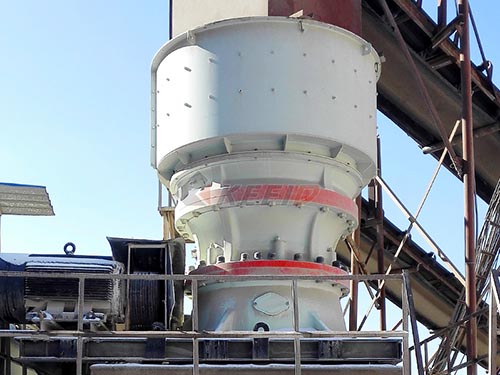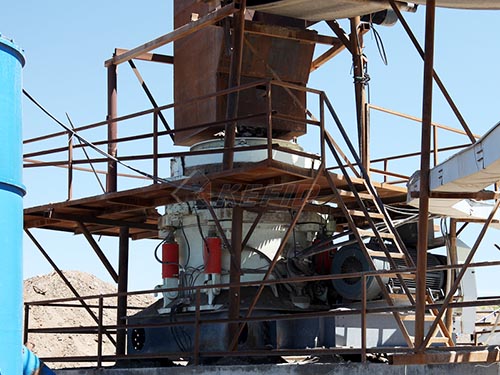Decoding the Crush Batu: Understanding Control Wiring for Efficient Rock Crushing Operations
The heart of any modern rock crushing plant lies not just in its massive jaws or spinning rotors, but in the intricate network of wires and components that command its every move. The Control Wiring Diagram for a Crush Batu (or similar rock crusher) is the essential blueprint ensuring safe, reliable, and efficient operation. Understanding this diagram is paramount for electricians, maintenance technicians, and engineers responsible for installation, troubleshooting, and upkeep.
Why the Control Wiring Diagram Matters
Think of the crusher’s control system as its nervous system. The wiring diagram provides a detailed map showing:
1. Component Interconnection: Precisely how motors (crusher drive, conveyor belts, vibratory feeders), sensors (level, temperature, vibration), actuators (solenoid valves for hydraulics/lubrication), safety devices (emergency stops, pull cords, guards), and the central controller (PLC – Programmable Logic Controller or relay logic panel) are electrically linked.

2. Signal Flow: How control signals travel from operator inputs (start/stop buttons, mode selectors) and sensors through logic circuits to activate outputs like motor contactors or warning lights.
3. Power Distribution: The pathways for main power (often high voltage AC to motors) and control power (typically lower voltage AC or DC powering the logic circuits).
4. Safety Circuitry: The critical paths dedicated to safety functions like Emergency Stop (E-Stop) loops and guard monitoring systems. These are usually designed with redundancy and fail-safe principles.
5. Troubleshooting Foundation: When a malfunction occurs – a motor won’t start, a conveyor stops unexpectedly – the wiring diagram is the primary tool for tracing circuits logically to isolate the fault.
Elements Found in a Crush Batu Control Wiring Diagram

While specific layouts vary by manufacturer and model complexity, core elements are universal:
1. Power Source & Distribution:
Main AC Incoming Lines (e.g., L1/L2/L3/N/PE).
Main Disconnect Switch/Circuit Breaker.
Transformers: Stepping down voltage for control circuits (e.g., 480VAC to 120VAC or 24VDC).
Protective Devices: Fuses or Circuit Breakers protecting individual circuit branches.
2. Control Components:
Controller: PLC

Leave a Reply